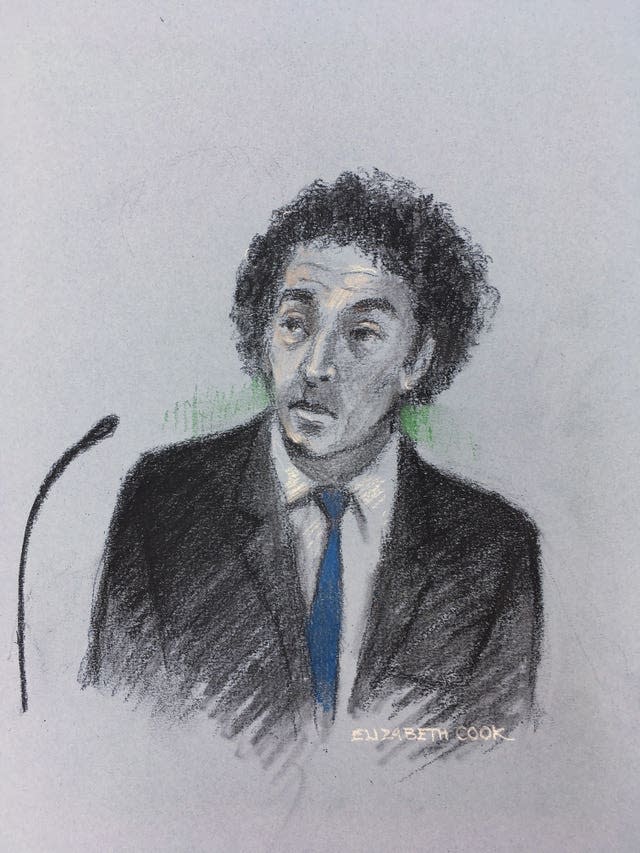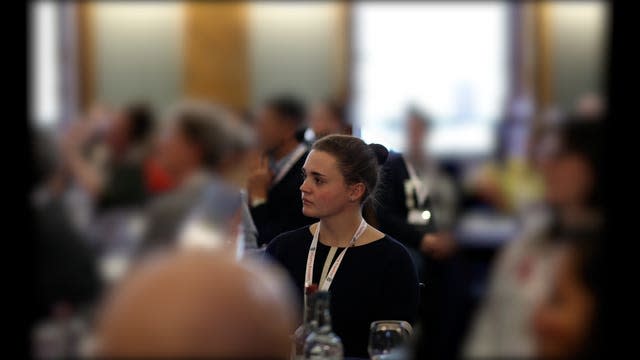Doctor recalls ‘urgency on the face of police’ at Fishmongers’ Hall attack
An emergency doctor called to the Fishmongers’ Hall attack described arriving at the scene to see “urgency on the face and in the voice” of armed police.
Dr Samy Sadek said he was confronted by “lots of noise… and lots and lots of blood” when he raced to London Bridge after convicted terrorist Usman Khan fatally stabbed Cambridge graduates Jack Merritt, 25, and Saskia Jones, 23, at a prisoner rehabilitation event on November 29 2019, while others were injured.
Khan was later fatally shot by police.
Giving evidence in the inquests at Guildhall in the City of London on Tuesday, Dr Sadek said he was approached by several armed police upon arrival.

He said: “(They) came towards us rapidly, they looked very distressed and asked us to come immediately into the scene.
“We asked if it was safe.
“I also felt the urgency on the face and in the voice of the police officer, who was clearly very experienced, who told me we were required.”
He assessed the scene was safe to enter Fishmongers’ Hall because he was able to see Khan, 28, who “appeared motionless, and numerous police with their guns aimed at that person” on London Bridge.
Dr Sadek said: “It was apparent there was a degree of risk and threat, and that appeared to be under control and where we stood was safe.”
Describing the scene inside the hall, he said: “I could see numerous police officers, there was a lot of noise by way of shouting – there was lots and lots of blood.”
Dr Sadek said he then saw Ms Jones, lying prone at the foot of some stairs and receiving CPR, but felt she could not be saved.

He said: “My principle was always to do everything we can for every casualty there.
“It was to some degree unsafe and it was a difficult and volatile scene.”
Dr Sadek said that “tragically in Saskia’s case”, the combination of her having been stabbed in the neck, having bled extensively, and having been in a cardiac arrest for at least 15 minutes, “there was no intervention we were able to provide to save her life”.
He was asked by Jonathan Hough QC, counsel to the inquests, whether it was “a terrible but necessary part of your job to give that instruction to cease resuscitation”.
The doctor replied: “Sadly, yes.”
Dr Sadek said he was then informed that “there was a bomb” while assessing the casualties, including Mr Merritt, who had a serious chest wound.
Khan was later found wearing a fake suicide explosive device.
Dr Sadek said: “We were attempting to establish whether there was an ongoing threat to us.
“No-one was able to tell us if there was one or more assailant.
“I was essentially told there was a bomb – I didn’t feel we could safely or practically perform the procedure (urgent surgery to Mr Merritt) needed in that building.”
He and colleagues then began operating on Mr Merritt, including manually massaging the heart, but said the organ was not beating and was essentially drained of blood.
“We were not able to resuscitate Jack,” he added.
Asked whether everything was done to save the pair, the consultant replied: “Absolutely everything was being done.”
The coroner, Mark Lucraft QC, told Dr Sadek: “Very difficult decisions have to be made in split seconds, but you and your team do a fantastic job.”
The inquests continue.


